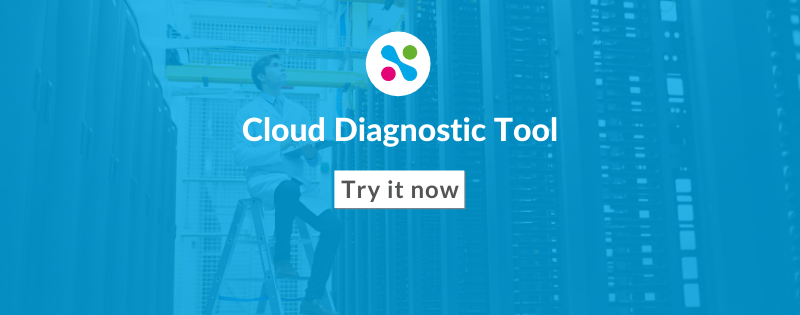Estimated read time: 3 Minutes
Why bother looking at it?
Creating a proactive scalable cost model means lower cloud costs on an ongoing basis and reduced time wasted on unproductive reactive activities so you can invest your time in up-skilling your teams, improving development processes and delivering great products.
Where are you now? and where could you be?
There a 5 key warning signs that your approach to cloud is mainly reactive:
- A financial commitment over many years is in place
- High minimum commitment compared to forecast spend
- Forecast cloud spend increases in line with business growth
- FinOps is focused on reporting and governance to keep a lid on cloud costs
- Management is reluctant to commit to more ambitious cloud spend budgets
- A financial commitment over many years
A long-term financial commitment means you lose the flexibility of the cloud. The longer the commitment, the greater the risk that you will have cloud waste. Why is this a problem? The cloud capacity needed now may not be required in the future. - High minimum commitment compared to forecast spend
Some organisations try and get a minimum spend close to 90% of the total forecast to get the best possible discount. The combination reduces your flexibility and increases your risk. You are exposed to extra cloud costs and losing opportunities for savings through technology and your own team's efforts. - Forecast cloud spend increases in line with business growth
This is a sign that management doesn’t understand the demand signals and the underlying end-to-end capacity architecture. There are three reasons for this: First, Computers get more efficient the busier they get. Second, computing power is increasing. Finally, there is a fixed base cost which should not change with growth. - FinOps is focused on reporting and governance to keep a lid on cloud costs
Most of their time is spent on reporting and governance of keeping engineers within budget. There is less focus on understanding what is needed to enable the engineers to proactively create cost effective systems as part of their processes. In effect, the FinOps teams becomes a sticking plaster to an open wound. - Management is reluctant to commit to more ambitious cloud spend budgets
They can’t give you a financial cloud model that makes sense because they have a high level of uncertainty on what this will mean. How will it impact quality of the service? How much headroom do they have? Are there any technical constraints in the platform? What level of service do I need to provide to my customer before it impacts experience?
Once your teams have a better understanding of the demand signals and architecture you will see them analysing and deriving insights from capacity data. Using this data to drive business, service and capacity decisions, and building a more complete view of your end-to-end architecture to inform future business strategy decisions.
To help get you closer to this reality, have a look at our next Insight where I tell you 6 actions you should avoid on this journey.
Schedule a Cloud Opportunity and Risk Assessment Call
View Free, Relevant Capacitas Insights
Whether you’re looking to optimise costs, improve agility or drive value creation, our expert insights can help you. Ready to start?

